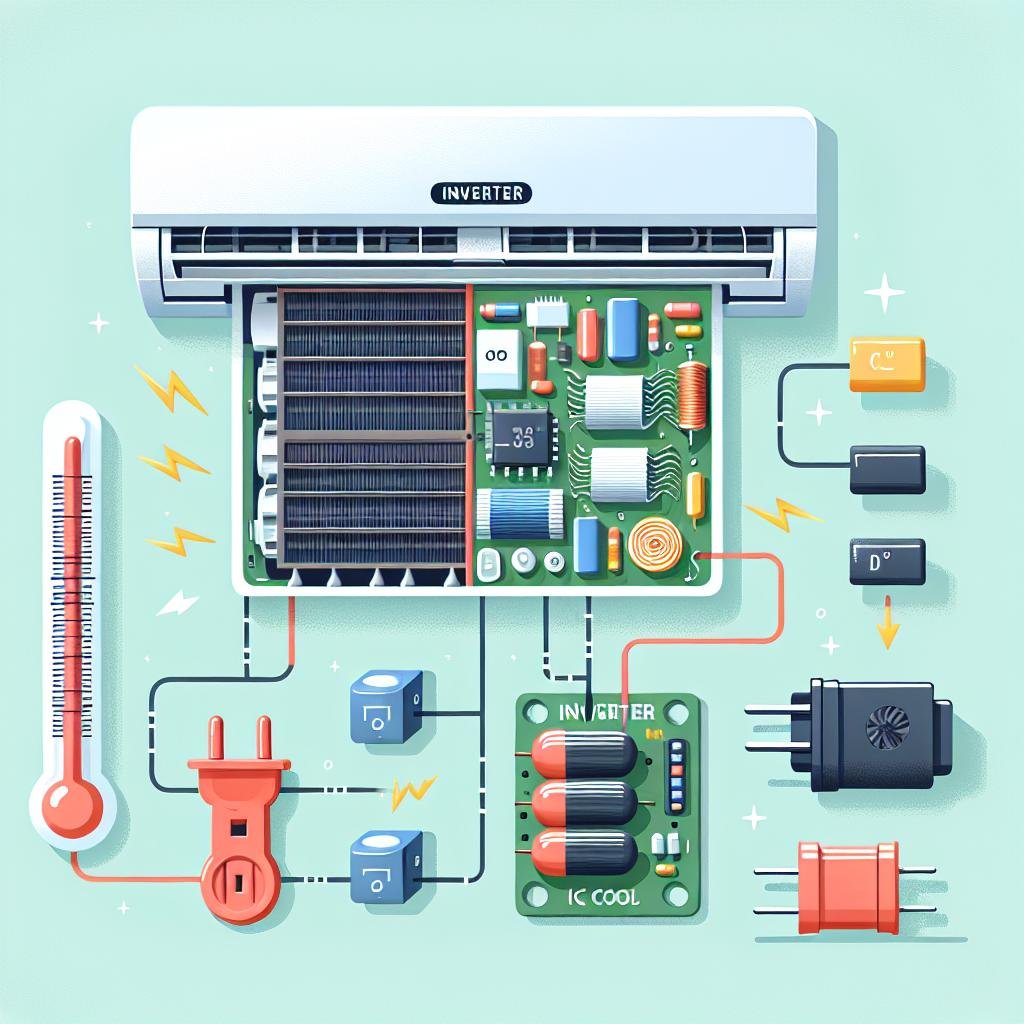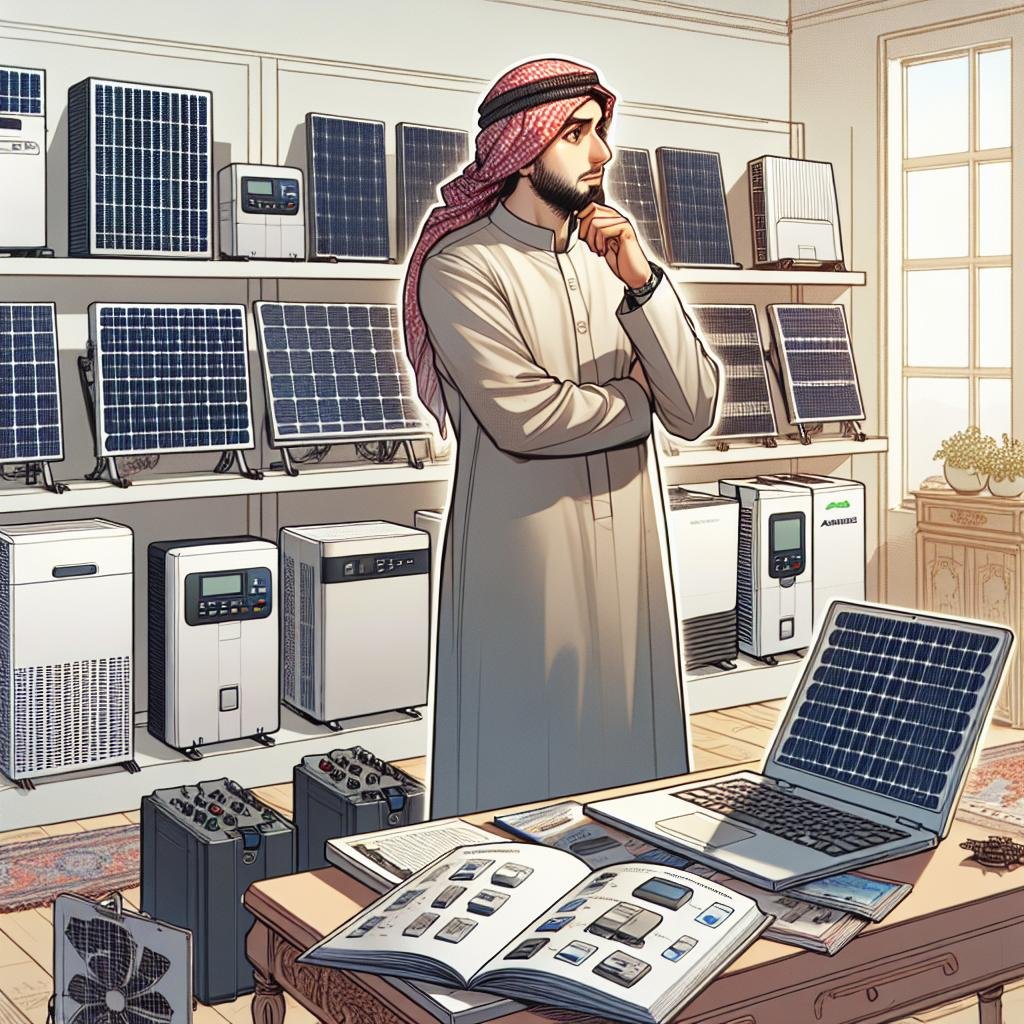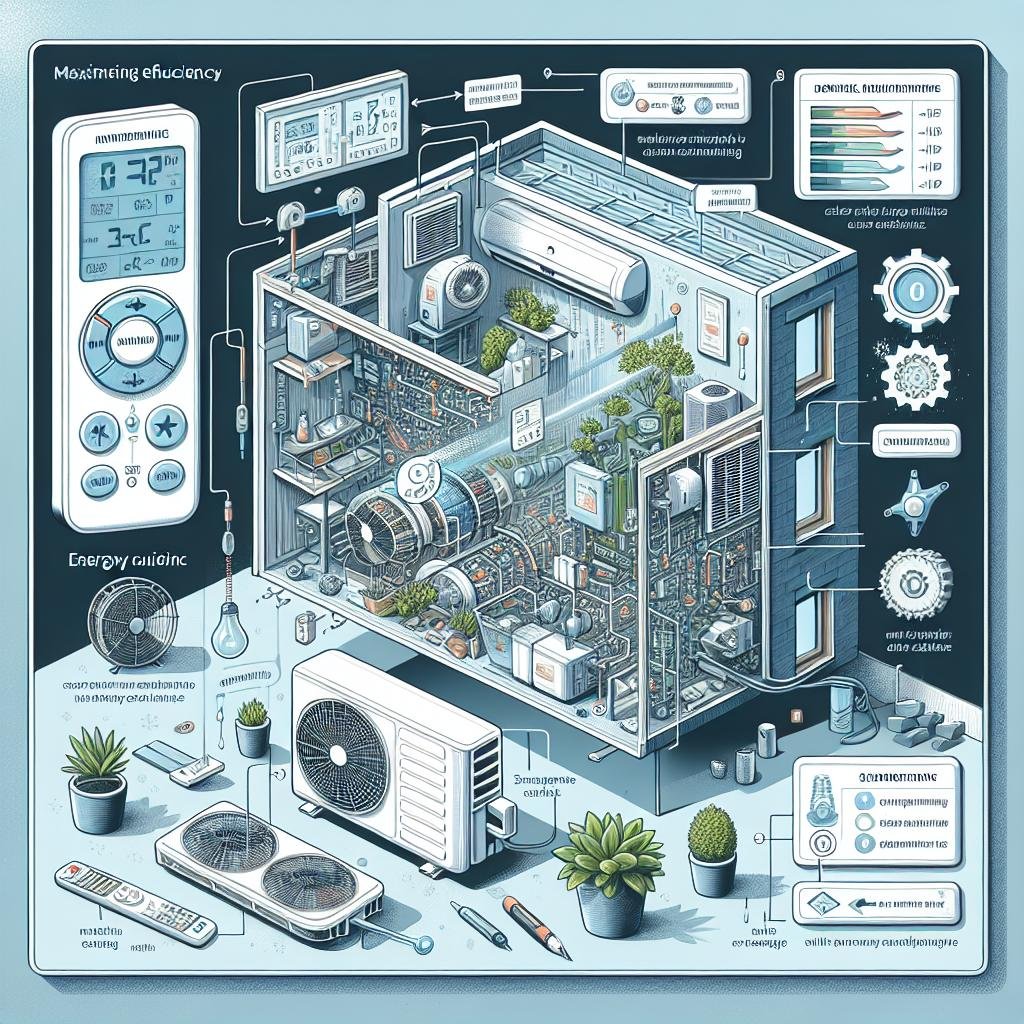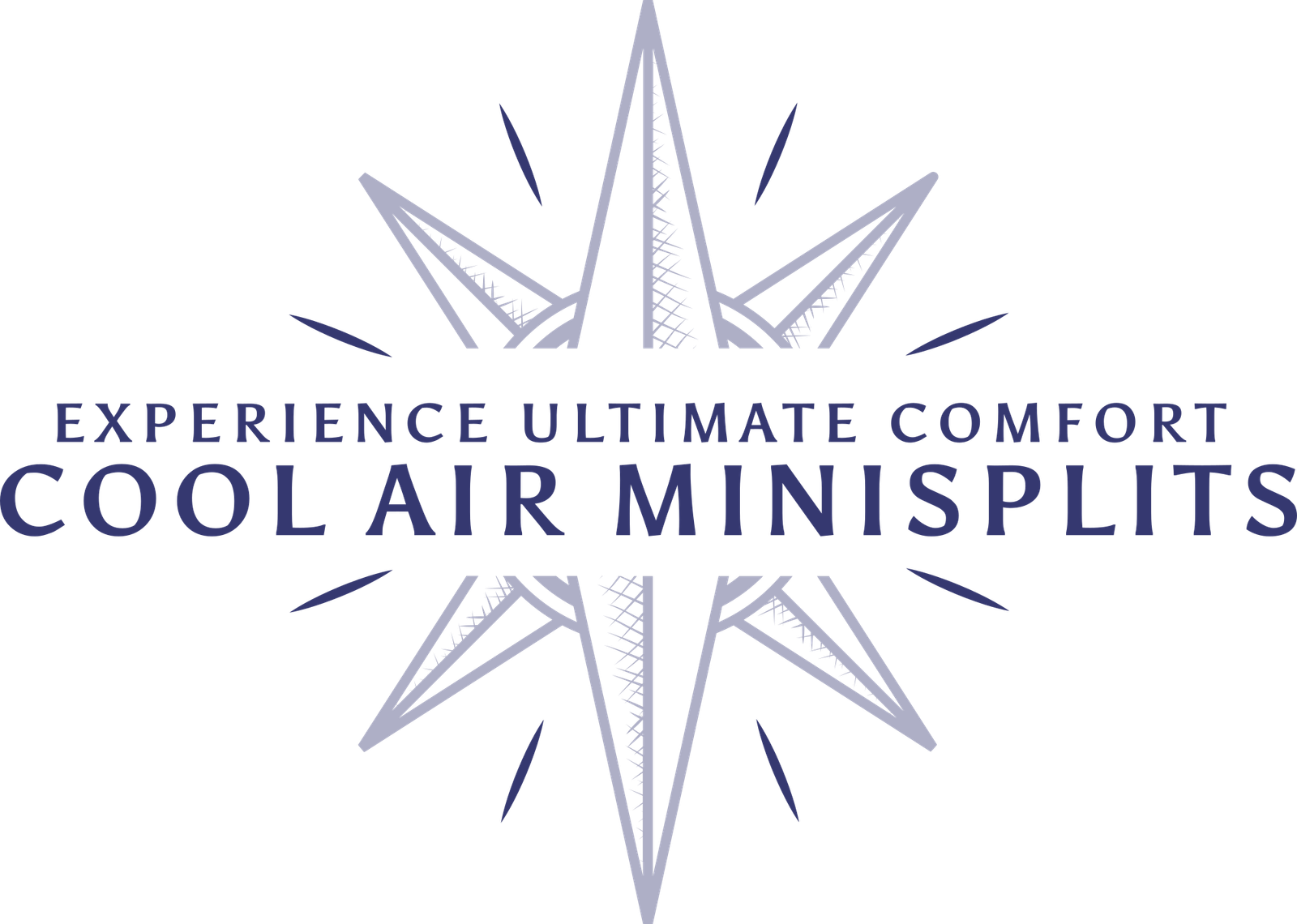What You Need to Know About Inverter Technology for Efficient Cooling
As the sun blazes and the temperatures rise, the quest for cool comfort becomes paramount. Enter inverter technology—a game-changer in the world of air conditioning that promises not only a refreshing escape from the heat but also a friendlier relationship with your energy bills! Whether you’re a cooling aficionado or simply curious about how to beat the heat efficiently, understanding inverter technology can unlock the secrets to a more comfortable home. In this article, we’ll demystify the basics of inverter systems, explore how they work their magic, and reveal the benefits that make them the go-to choice for modern cooling solutions. So, grab a cool drink, get comfy, and let’s dive into the cool world of inverter technology!
Understanding Inverter Technology and Its Benefits for Cooling
Inverter technology represents a significant leap forward in energy efficiency for cooling systems. Unlike traditional cooling units that operate on a simple on/off mechanism, inverter systems adjust their compressor speeds in real-time to match the cooling requirements of a space. This means they can operate at variable capacities, avoiding the energy-wasting starts and stops associated with non-inverter models. As a result, users can enjoy a more consistent temperature and comfort level while also reducing their energy consumption. Here are some key advantages of inverter technology:
- Energy Savings: Inverter systems consume less power, leading to lower electricity bills.
- Quieter Operation: They operate more smoothly and quietly compared to traditional systems, enhancing the comfort of the environment.
- Enhanced Longevity: With less strain on the compressor, inverter units tend to have longer lifespans.
- Environmental Impact: Lower energy consumption translates to reduced greenhouse gas emissions, making them more eco-friendly options.
| Feature | Conventional AC | Inverter AC |
|---|---|---|
| Compressor Type | Fixed speed | Variable speed |
| Energy Efficiency | Lower | Higher |
| Noise Level | Higher | Lower |
| Initial Cost | Lower | Higher |
| Long-term Costs | Higher | Lower |
By embracing inverter technology, homeowners and businesses alike can reap the benefits of greater efficiency and comfort. This modern approach to cooling not only provides immediate savings but also promotes a sustainable lifestyle through reduced environmental impact. With advancements in inverter technology growing, it’s clear that these systems will continue to play a pivotal role in the future of HVAC solutions, ensuring that users remain cool and comfortable year-round.

Choosing the Right Inverter System for Your Home
When it comes to selecting an inverter system for your home, several factors play a crucial role in ensuring you make the best choice. Firstly, consider the size of your space. A unit that is too small will struggle to cool effectively, while one that is too large may cycle on and off too frequently, leading to inefficient energy use. To find the right fit, take note of your room’s square footage and consult with professionals who can help you calculate the required BTUs. Other important considerations include:
- Energy Efficiency Ratings: Look for systems with a high SEER (Seasonal Energy Efficiency Ratio).
- Noise Levels: Check decibel ratings if you’re sensitive to sound.
- Features: Consider options like smart technology or multi-zone capabilities for a more tailored cooling solution.
Don’t forget to take into account your budget and long-term savings potential. While higher upfront costs might be a concern, an energy-efficient inverter system will pay off in reduced utility bills over time. It’s also wise to look into any available government rebates or tax incentives for energy-efficient home upgrades. Additionally, researching the warranty and customer reviews can provide further insight into reliability and service quality. Here’s a handy comparison table of popular inverter models to get you started:
| Model | SEER Rating | Price Range | Warranty |
|---|---|---|---|
| Model A | 20 | $2,000 – $3,000 | 10 years |
| Model B | 18 | $1,500 – $2,500 | 5 years |
| Model C | 22 | $2,500 – $4,000 | 12 years |

Tips for Maximizing Efficiency with Inverter Air Conditioners
Inverter air conditioners are designed to adjust their compressor speed according to the required cooling load, making them more flexible and energy-efficient. To harness their full potential, consider the following strategies:
- Optimal Temperature Settings: Set the thermostat to a comfortable temperature, typically around 24-26°C (75-78°F). This allows the inverter unit to run efficiently without constant fluctuations.
- Routine Maintenance: Schedule regular check-ups for your air conditioning unit to ensure that filters are clean, and the system is free of dust and debris, enabling it to operate at maximum efficiency.
- Smart Usage of Curtains and Blinds: Utilize curtains or blinds to block out heat during the day, allowing your air conditioner to maintain a cooler indoor temperature without working harder.
Another effective way to enhance the performance of your inverter AC is by utilizing smart technology. By integrating your system with a smart thermostat or an app, you can monitor and control your energy consumption from anywhere. Take advantage of the scheduling feature to pre-cool your rooms just before you return home. Consider the benefits of creating an energy management routine:
| Time | Action |
|---|---|
| 7 AM - 10 AM | Increase temperature slightly while you’re out |
| 10 AM – 6 PM | Utilize shade to minimize heat absorption |
| 6 PM – 10 PM | Cool down the house as you return |
By adapting your usage to align with your daily routine, you can significantly enhance the efficiency and lifespan of your inverter air conditioning system.
Common Myths About Inverter Systems Debunked
Inverter systems often face a barrage of misconceptions that can deter potential users. One prevalent myth is that inverter air conditioners are significantly more complex and costly than traditional units. While it’s true that they tend to have a higher upfront cost, the long-term savings on electricity bills make them a worthwhile investment. Additionally, inverter technology allows for smoother temperature regulation, meaning the wear and tear on the system is reduced, ultimately leading to lower maintenance costs. It’s vital to consider the overall cost-effectiveness rather than just the initial price.
Another common misunderstanding is that inverter systems are always running at high power. In reality, these systems are designed to adjust their compressor speed based on the cooling demand. This means they operate at variable speeds, optimizing energy consumption and reducing noise levels. Here’s a quick comparison highlighting this feature:
| Feature | Inverter Systems | Traditional Systems |
|---|---|---|
| Power Consumption | Variable | Constant |
| Noise Level | Low | High |
| Temperature Control | Smooth | On/Off |
By embracing the realities of inverter technology, homeowners can navigate these common myths and make more informed decisions about their cooling needs.
Q&A
Q&A: What You Need to Know About Inverter Technology for Efficient Cooling
Q: What exactly is inverter technology?
A: Think of inverter technology as the smooth talker of your cooling systems! Instead of starting and stopping like a regular air conditioner (AC), which can be a bit like a car that revs its engine and then slams on the brakes, an inverter unit continuously adjusts its compressor speed according to the room’s temperature. This means you get a steady stream of cool air and, let’s face it, a lot less noise!
Q: How does inverter technology improve energy efficiency?
A: Excellent question! Imagine your favorite sunbather effortlessly maintaining their tan versus someone who keeps running to the shade to cool down. Inverter ACs run at varying speeds, allowing them to operate for longer periods at lower power. This smart functionality reduces energy spikes and keeps your electricity bill from climbing as fast as you do when it’s sweltering outside!
Q: Are inverter systems worth the investment?
A: While the upfront cost may make you gulp like you just took a sip of lemonade too fast, the long-term savings generally sweeten the deal. Inverter ACs can save up to 30-50% on your energy bills compared to non-inverter models. Plus, you’ll be cooler and happier all year long. That’s a win-win!
Q: What should I look for in an inverter AC?
A: Great eye for detail! When shopping for one of these trusty companions, check for the energy efficiency rating (look for a high SEER or EER rating), the inverter technology utilized (there’s variable speed, and there’s dual inverter, for example), and any additional features like smart controls or air purifiers. You’re looking for the ultimate cooling sidekick here!
Q: Can inverter technology be used in heating systems too?
A: Absolutely! Inverter technology isn’t just about keeping you cool. It can also reverse its magic to keep you toasty warm during winter. So whether it’s a frosty morning or a balmy summer day, inverter systems are ready to maintain that perfect climate—talk about versatility!
Q: Is maintenance different for inverter systems compared to traditional ACs?
A: Not much, really! Most standard checks—like regular filter cleaning and keeping the outdoor unit tidy—still apply here. However, since inverter systems are engineered for precision, it’s a good idea to schedule routine professional maintenance more regularly to keep it running like a dream.
Q: Are there any disadvantages to inverter technology?
A: As with any superhero, it has its kryptonite! Inverter systems can be pricier upfront, and installation might require a skilled hand to get it just right. In some cases, repairs can be more complex due to the advanced components. But don’t let that deter you! The benefits frequently outweigh these negatives, especially when you’re enjoying a comfortably cooled space without the financial anxiety!
Q: can I retrofit my existing AC system with inverter technology?
A: Unfortunately, much like trying to teach an old dog new tricks, retrofitting an existing system to inverter technology isn’t typically practical. It might be more cost-effective to invest in a new inverter unit. And considering all the advancements in efficiency and comfort, you’ll be doing yourself—and your environment—a big favor by upgrading!
Feel empowered? Now that you know the ins and outs of inverter technology, you’re ready to take the plunge into a cooler, more energy-efficient world. Cheers to staying comfortable while being kind to the planet!
Final Thoughts
understanding inverter technology is like unlocking a secret door to a world of efficient cooling. With its ability to adjust power output and maintain optimal temperatures, this innovative approach not only enhances comfort but also significantly reduces energy bills. Whether you’re a homeowner looking to upgrade your air conditioning system or simply someone who wants to stay cool without burning a hole in your wallet, embracing inverter technology is a smart choice.
Remember, the cool relief of a summer breeze doesn’t have to come at a steep price. As you embark on your journey to find the perfect cooling solution, keep in mind the numerous benefits that inverter systems bring to your space. So go ahead, explore your options, and step into a future that’s not only cooler but also kinder to your budget and the planet. Here’s to enjoying every refreshing moment—efficiently!

